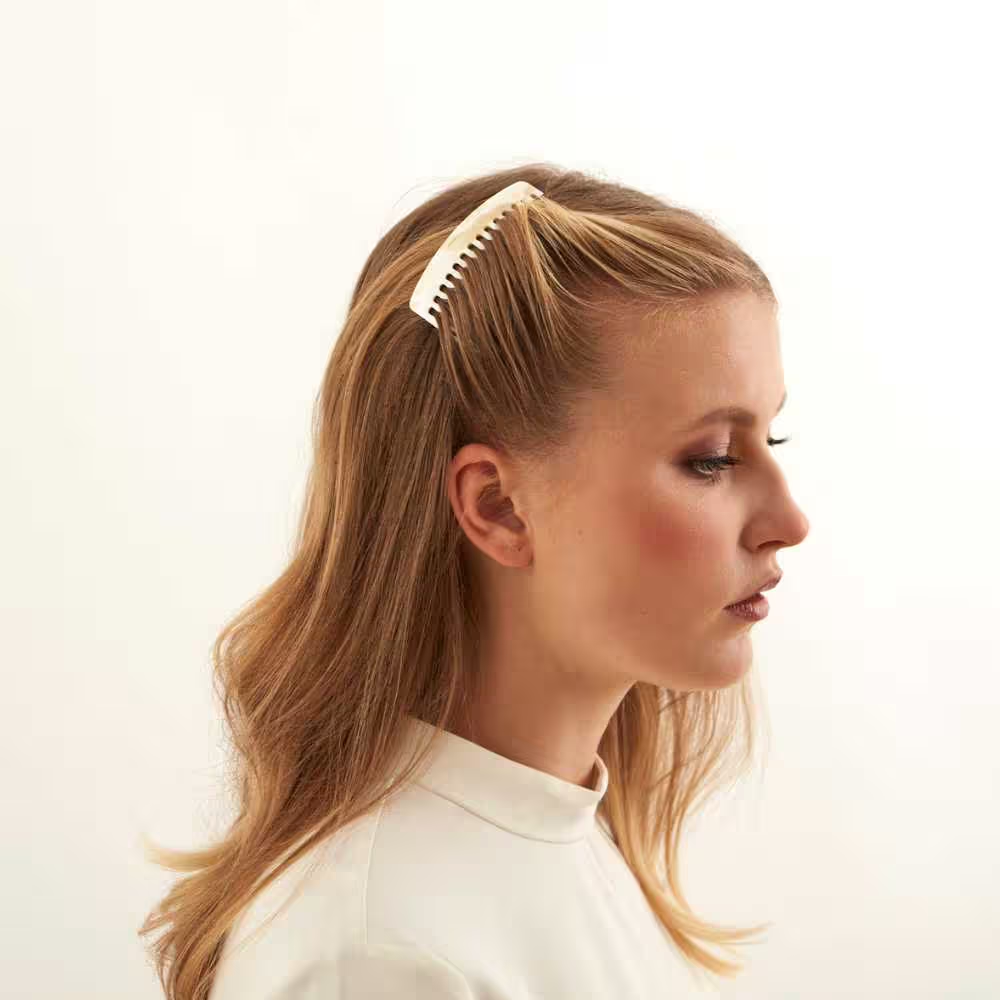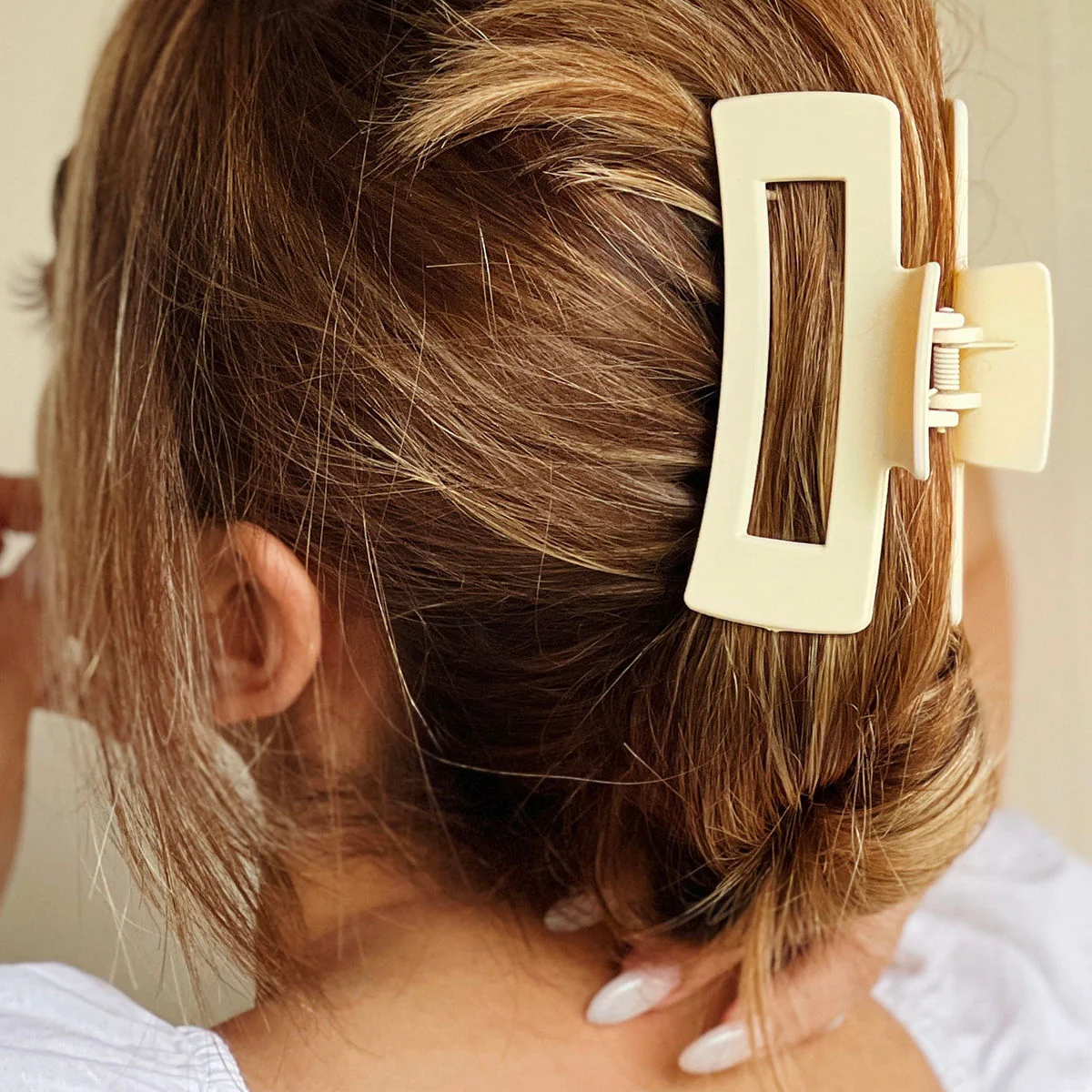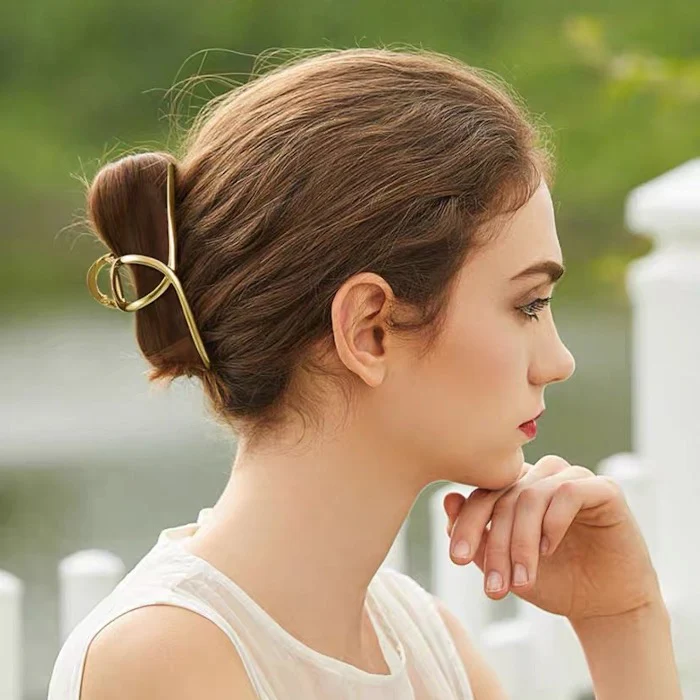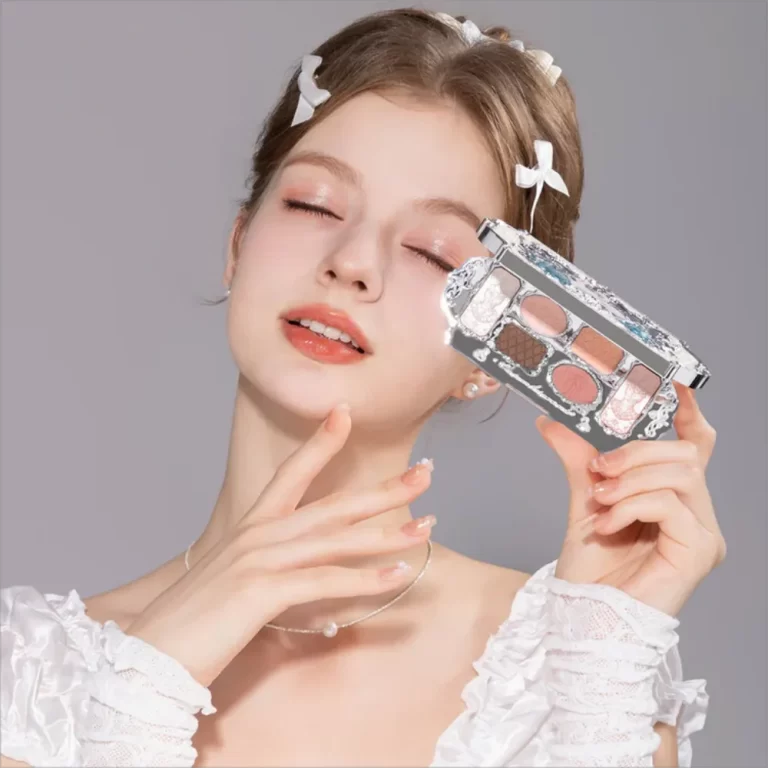
Hair Clips for Thin Hair: Styles, Tips, and Tricks
Understanding the Challenges of Thin Hair
Thin hair presents unique challenges when it comes to styling and accessorizing. Individuals with fine or sparse hair often struggle to find hair clips that provide adequate hold without causing damage or slippage. The delicate nature of thin hair makes it prone to breakage and susceptible to the weight of heavy accessories. Traditional hair clips designed for thicker locks may prove too bulky or visible, drawing unwanted attention to areas of lesser volume.Shop our collection of hair clips for thin hair, designed to secure your locks without causing damage or slipping out.
Additionally, thin hair tends to become greasy more quickly, which can cause clips to slide out of place throughout the day. These factors combine to create a need for specialized hair clips that cater specifically to the needs of those with fine or thinning hair. Understanding these challenges forms the foundation for selecting appropriate hair accessories that enhance rather than hinder the appearance and health of thin hair.

Types of Hair Clips Suitable for Thin Hair
Several types of hair clips work well for individuals with thin hair, offering both functionality and style. Mini claw clips, designed with smaller teeth and a lighter overall structure, provide gentle hold without overwhelming fine strands. Snap clips, also known as contour clips, lie flat against the head and secure small sections of hair effectively. Bobby pins, when used correctly, offer versatile styling options for thin hair without adding bulk.
Barrettes with thin, flat profiles work well for creating half-up styles or securing side-swept looks. Micro hair clips, often adorned with small embellishments, add a touch of glamour while holding delicate strands in place. U-shaped hairpins, particularly those with a matte or textured finish, grip fine hair securely without slipping. Elastic hair ties with built-in clips combine the holding power of an elastic with the decorative aspect of a clip, suitable for ponytails and buns in thin hair. By choosing from these options, individuals with fine hair can find clips that provide both function and fashion without compromising their hair’s integrity.
Materials and Design Features for Thin Hair Clips
The materials and design features of hair clips play a crucial role in their effectiveness for thin hair. Lightweight metals like aluminum or thin steel provide durability without adding excessive weight. Plastic clips with matte or rubberized finishes offer better grip on fine strands compared to smooth, glossy surfaces. Silicone-lined clips prevent slipping and reduce damage to delicate hair. Clips with spring mechanisms should have gentle tension to avoid putting too much pressure on thin locks. Rounded edges and seamless designs help prevent snagging or breaking fragile hair strands.
Some clips incorporate textured surfaces or tiny teeth that enhance grip without being visible. Hypoallergenic materials benefit individuals with sensitive scalps, reducing the risk of irritation. Clips featuring adjustable tension allow users to customize the hold based on their hair’s thickness and the desired style. By paying attention to these material and design aspects, manufacturers create hair clips that cater specifically to the needs of those with thin hair, ensuring both comfort and effectiveness.

Styling Techniques Using Hair Clips for Thin Hair
Mastering styling techniques with hair clips can transform the appearance of thin hair, creating the illusion of volume and texture. For a quick volume boost, use small claw clips to create a hidden crown braid, lifting the hair at the roots without visible accessories. Strategically placed snap clips can help fake a side part, adding depth to flat styles. Creating a faux bob with carefully positioned bobby pins allows those with long, thin hair to experiment with shorter looks without committing to a cut. Twisted sections secured with decorative barrettes add visual interest and disguise areas of thinning.
Teasing the hair slightly before applying clips enhances grip and creates a fuller appearance. Layering multiple small clips in a row can distribute weight evenly and prevent slippage in fine hair. Backcombing small sections and securing them with U-shaped pins creates subtle volume throughout the hair. Experimenting with asymmetrical placement of clips draws the eye away from areas of lesser volume. These techniques, when executed with the right clips, allow individuals with thin hair to achieve diverse styles while maximizing the appearance of thickness and volume.
Choosing the Right Size and Weight for Thin Hair Clips
Selecting the appropriate size and weight of hair clips proves essential for those with thin hair. Oversized clips not only overwhelm fine strands visually but also risk slipping out due to insufficient grip. Opt for clips no larger than 1-2 inches in length for most styles, ensuring they remain proportionate to the hair’s volume. Weight considerations play a crucial role, as heavy clips can cause discomfort and potentially damage delicate hair. Look for clips weighing no more than a few grams each, allowing for comfortable all-day wear.
Mini versions of popular clip styles offer the same functionality as their larger counterparts while remaining suitable for thin hair. When selecting clips for updos or buns, choose smaller, lighter options and use multiple clips distributed evenly to secure the style without creating stress points. For those with extremely fine hair, consider using several tiny clips rather than one larger piece to achieve the desired look. By prioritizing appropriate size and weight, individuals with thin hair can enjoy the benefits of hair clips without compromising comfort or risking damage to their delicate strands.

Color and Embellishment Considerations for Thin Hair Clips
The color and embellishments of hair clips can significantly impact their visibility and effectiveness in thin hair. Choosing clips that closely match the hair color helps them blend seamlessly, avoiding stark contrasts that might emphasize areas of lesser volume. For those seeking a more noticeable accessory, opt for clips with subtle shimmer or pearlescent finishes that catch the light without overwhelming fine strands. Avoid large, chunky embellishments that can weigh down thin hair or appear disproportionate. Instead, select clips with delicate details like small crystals, minimalist metallic accents, or fine engraving.
Matte finishes often work well in thin hair, providing a modern look while minimizing reflection that could highlight thinning areas. For special occasions, consider clips with tiny, scattered embellishments that add sparkle without bulk. Ombré or gradient-colored clips can create dimension in monochromatic hair, adding visual interest subtly. When using multiple clips, stick to a cohesive color scheme to maintain a polished appearance. By carefully considering color and embellishment options, individuals with thin hair can select clips that enhance their style while complementing their hair’s natural texture and volume.
Proper Application Techniques for Hair Clips in Thin Hair
Mastering proper application techniques ensures that hair clips stay securely in place without causing damage to thin hair. Begin by preparing the hair with a light texturizing spray or dry shampoo to enhance grip. When using bobby pins, insert them with the wavy side down, pushing against the direction of hair growth for maximum hold. For claw clips, gently twist the section of hair before applying the clip to create tension and prevent slipping. When using snap clips, position them close to the scalp and press firmly until they click into place.
Avoid pulling hair too tightly when securing clips, as this can cause breakage and discomfort. Layer clips by overlapping them slightly for added security in styles requiring multiple accessories. For barrettes, slide the clip upwards against the hair growth before closing to create a secure anchor. When creating updos, use multiple smaller clips rather than relying on one large clip to distribute weight evenly. Always remove clips gently, starting from the ends and working towards the roots to minimize tangling and breakage. By employing these application techniques, individuals with thin hair can enjoy secure, comfortable styles that last throughout the day.
Maintenance and Care of Hair Clips for Longevity
Proper maintenance and care of hair clips extend their lifespan and ensure they remain effective for thin hair styling. Clean clips regularly using warm water and mild soap to remove product buildup and oils that can affect their grip. For metal clips, dry thoroughly after cleaning to prevent rust or tarnishing. Store clips in a dry, cool place, preferably in a dedicated container or organizer to prevent tangling and damage.
Inspect clips periodically for signs of wear, such as loosening springs or bent prongs, replacing them as needed to avoid hair damage. Avoid sharing hair clips to prevent the spread of bacteria or scalp conditions. For clips with fabric or delicate embellishments, spot clean as needed and allow to air dry completely before use. Rotate the use of clips to prevent excessive wear on any single piece. When traveling, store clips in a protective case to maintain their shape and functionality. By implementing these care practices, individuals can ensure their hair clips remain in optimal condition, providing reliable performance for thin hair styling over time.

Combining Hair Clips with Other Styling Products for Thin Hair
Integrating hair clips with appropriate styling products enhances their effectiveness in thin hair. Start with a volumizing mousse or root lift spray before styling to create a foundation that supports clip placement. Texturizing powders or dry shampoos applied at the roots help clips grip fine hair more securely. When using heat styling tools, apply a heat protectant spray to shield delicate strands from damage before securing with clips. Light-hold hairsprays can set styles without weighing down thin hair, sprayed after clip placement for added security.
For sleek looks, apply a small amount of smoothing serum to tame flyaways before using clips to create clean lines. When creating updos or intricate styles, use a combination of styling cream and small clips to control and shape fine hair effectively. Avoid heavy gels or waxes that can make thin hair appear greasy or weighed down. For special occasions, consider using a shine spray after styling with clips to add a healthy-looking luster to fine strands. By thoughtfully combining hair clips with complementary styling products, individuals with thin hair can achieve diverse, long-lasting styles that maximize their hair’s potential.
Emerging Trends and Innovations in Hair Clips for Thin Hair
The hair accessory industry continues to evolve, introducing new trends and innovations specifically designed for thin hair. Smart hair clips equipped with sensors to measure hair health and suggest optimal styling techniques are entering the market. Biodegradable and eco-friendly clip options appeal to environmentally conscious consumers while offering gentle hold for fine strands. 3D-printed custom clips tailored to individual head shapes and hair types provide personalized solutions for those with thin hair. Magnetic closure systems in clips offer secure hold without the need for tight squeezing mechanisms that can damage delicate hair.
Clips infused with hair-nourishing ingredients like keratin or argan oil combine styling with hair care benefits. Adjustable tension clips allow users to customize the grip strength based on their hair’s thickness and desired style. Invisible clips designed to be completely concealed within the hair offer styling options without visible accessories. Collaborations between hair care brands and fashion designers result in stylish, functional clips that address the specific needs of thin hair while staying on-trend. As technology and design continue to advance, individuals with thin hair can look forward to an expanding array of innovative clip options that combine form, function, and hair health considerations.

